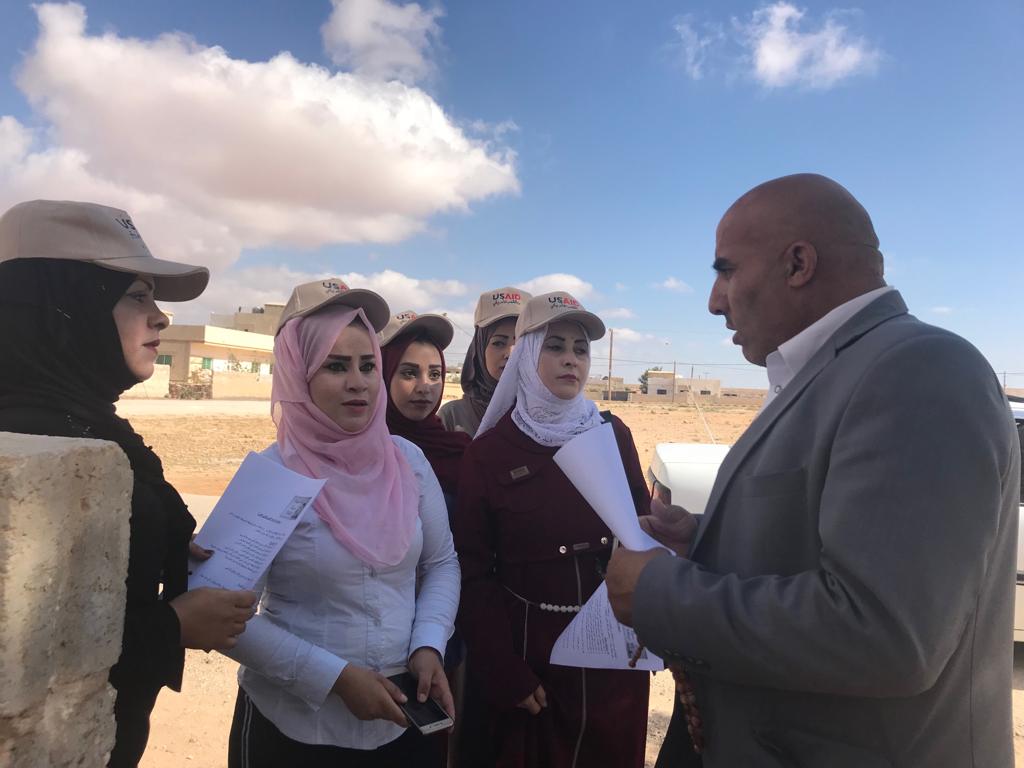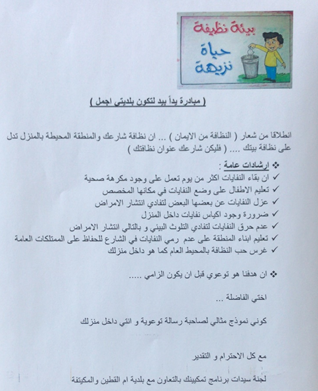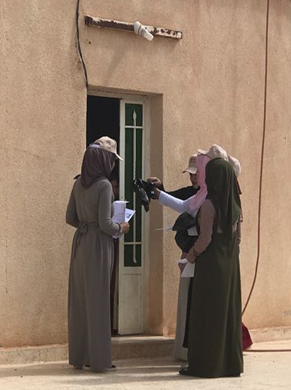
When implementing programs focused on women’s empowerment, IRI recognizes that there is no one way to empower women. Cultural, political and economic norms vary from country to country and region to region, which affects what is both feasible and desirable for women in a given location. Therefore, IRI’s approach to measuring program success must be tailored to the program context.
So, how does IRI measure program success?
At IRI, program ideas start with an overarching goal based on challenges and areas of opportunity in a specific country. IRI then develops program activities and key indicators that reflect meaningful progress toward that goal, based on our understanding of the country context and – where possible – through engagement with stakeholders on the ground (see more below).
For instance, for programs focused on increasing women’s political or civic engagement, IRI needs to determine what progress toward this goal looks like. That is to say, what incremental changes do we want to see which will tell us we’re heading in the right direction? These become the indicators we use to mark progress throughout the project.
What does this mean for IRI and our work?
As noted above, a program’s “success” will look different in different places. Moreover, on an individual level, women’s challenges and goals vary. And, as Rachel Glennerster, the Chief Economist at the U.K.’s Department for International Development (DFID), pointed out at a July 2018 Center for Global Development event on this topic, these goals also vary for specific individuals over time.
For these reasons, it’s important to prioritize spending time at the beginning of programs – and throughout programs – to identify participants’ end goal and what incremental changes they find meaningful and want to see. Understanding the needs and priorities of future participants in IRI programs at the beginning of a program allows us to develop a monitoring and evaluation (M&E) plan that aligns with what they see as feasible, desirable changes in their lives.
This engagement at the program outset sometimes takes place as part of a baseline assessment, during which staff collects data by meeting with future program beneficiaries to inform our programmatic approach and M&E plan. The Tamkeenik program in Jordan (formerly known as the “Empower Initiative”) is a great example of how this works at IRI.
The Tamkeenik Program
The Tamkeenik program empowers Jordanian women in rural areas to engage in political and civic life. To reach this goal, we initially planned to track the number of women we trained who then went on to train other women on topics such as civic education or communications and advocacy skills. The idea behind this indicator of progress was based on the implicit theory of change underlying our program: that an increased support system would help women engage more actively in politics. Though this theory has proven to be true based on the results we’ve seen in the Tamkeenik program, our baseline assessment at the start of a new program showed that just measuring our progress by counting how many of our participants trained others didn’t fully align with the ways our beneficiaries envisage progress towards our end goal.
Past Tamkeenik participants identified a variety of achievements that occurred following their participation in the program – opening a small business, becoming a competitive candidate for a new job, confidently expressing their needs to their husbands, etc. Future participants similarly outlined goals such as employment in a local factory, advocating for their personal interests to family members, or attending university in a nearby city. IRI’s original indicator tracking would not have covered these in any way.
As a result of this self-reflection and assessment, IRI changed its M&E plan and now tracks the number of women IRI trains who then increase their participation in the public sphere (this may include political or civic action, engagement in public opportunities or other similar activities). IRI measures this through conducting interviews with past program participants, who describe any shifts in how they engage in public life.
For example, Tamkeenik participant Amira joined the program as “a good starting point to do something.” From the training, Amira learned how to interact with elected officials effectively and gained self-confidence and negotiation skills.
“It [Tamkeenik] benefitted me morally by increasing my self-confidence, as I learned skills that will be valuable to achieve my dream. Thanks to IRI trainings, I feel like I can achieve anything. I feel that nothing can stop me.”
Post Tamkeenik, Amira joined a municipal council session to advocate for gender equality and organized a two-part community beautification initiative with her Tamkeenik cohort. The initiative included a city clean-up day followed by a door-to-door awareness campaign on the issue of city cleanliness. The cohort developed brochures on the subject and distributed them to community members. With little to no involvement from IRI in the initiative, the group showed their willingness and ability to engage in civic initiatives in their rural, conservative community after their participation in Tamkeenik.

Amira demonstrates just one-way Tamkeenik participants engage in their communities. IRI’s approach allows us to gather and report on a wide range of data and to learn from participants’ lived experiences and adapt as necessary.
By including participants’ perspectives in the process of identifying indicators to track and remaining flexible and responsive over the course of a program’s life, IRI ensures that we track progress towards results that matter to our beneficiaries. This allows our participants to drive the journey towards their empowerment and engagement in political and civic life.

Top